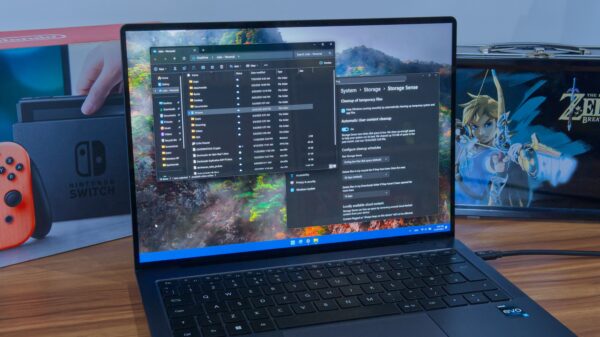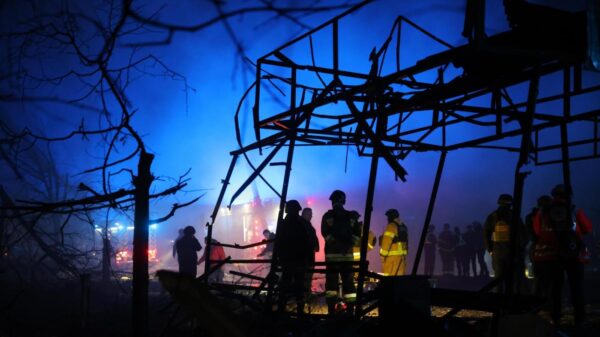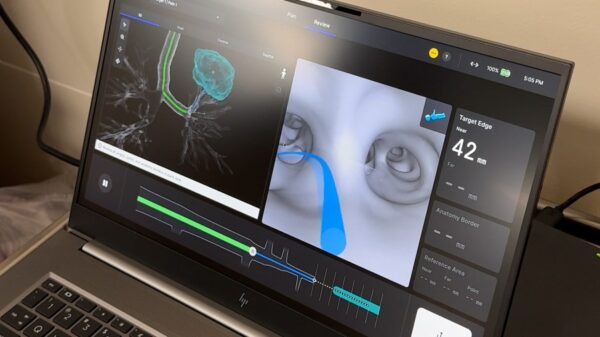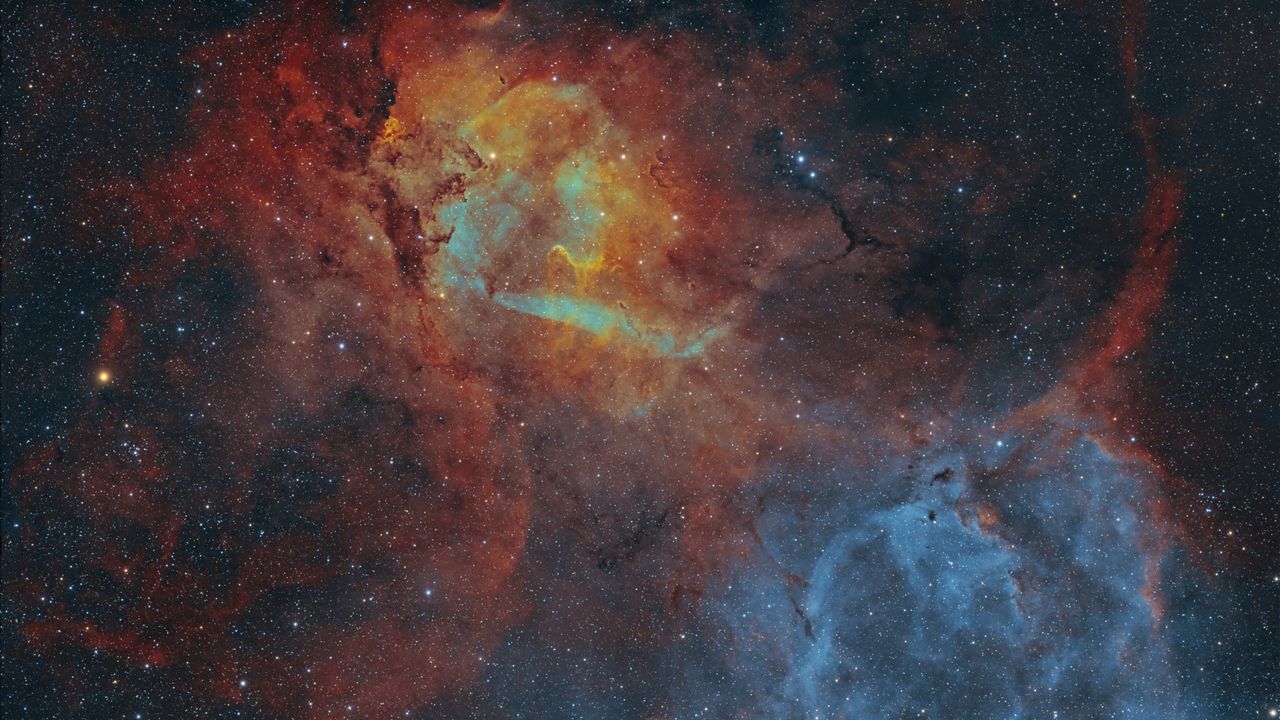A recent astrophotograph has unveiled the striking beauty of the Lion Nebula, also known as Sh2-132, which appears to resemble a rampaging lion. Captured by astrophotographer Ronald Brecher in October 2025 from his home in Ontario, Canada, the image showcases the swirling gases and vibrant colors that define this deep-space object.
Located approximately 10,000 light-years from Earth in the constellation Cepheus, the Lion Nebula can be observed high above the northern horizon in the late evening during November. The nebula is notable for housing two massive stars, each with a mass roughly equivalent to 20 suns. The intense radiation from these stars has ionized the surrounding interstellar dust and gas, causing it to emit a captivating glow.
Brecher dedicated over 35 hours to capture this stunning image, utilizing a Sky-Watcher Esprit 70 EDX refractor and a specialized astronomy camera. He employed various astronomy filters to isolate different parts of the light spectrum, allowing for a more detailed representation of the nebula.
Innovative Techniques Enhance the Nebula’s Appearance
In the post-processing phase, Brecher created two visually striking versions of the nebula. For the first rendition, he used the Hubble palette, which assigns specific colors to different wavelength bands of light that were collected. This technique emulates the iconic aesthetic of images produced by the Hubble Space Telescope. The second version employed the Foraxx palette, which takes a more dynamic approach to color interpretation, resulting in a richer and more dramatic visual effect.
Through these innovative techniques, Brecher has captured the essence of the Lion Nebula, showcasing its vibrant colors and intricate details that can often be missed by the naked eye.
While the image provides an awe-inspiring view of the cosmos, it also highlights the importance of advanced astrophotography equipment. Those interested in capturing similar breathtaking images can explore options such as the ZWO ASI533MC Pro camera, noted for its effectiveness in deep-space photography.
Brecher’s work not only serves as an artistic representation of celestial phenomena but also invites others to engage with the night sky. As more individuals take up astrophotography, the community continues to grow, inspiring a deeper appreciation for the universe.
For those looking to share their own astrophotography, the invitation remains open to submit images and comments to [email protected]. As technology and techniques evolve, the wonders of the universe are becoming increasingly accessible to all aspiring astronomers and photographers.



































































